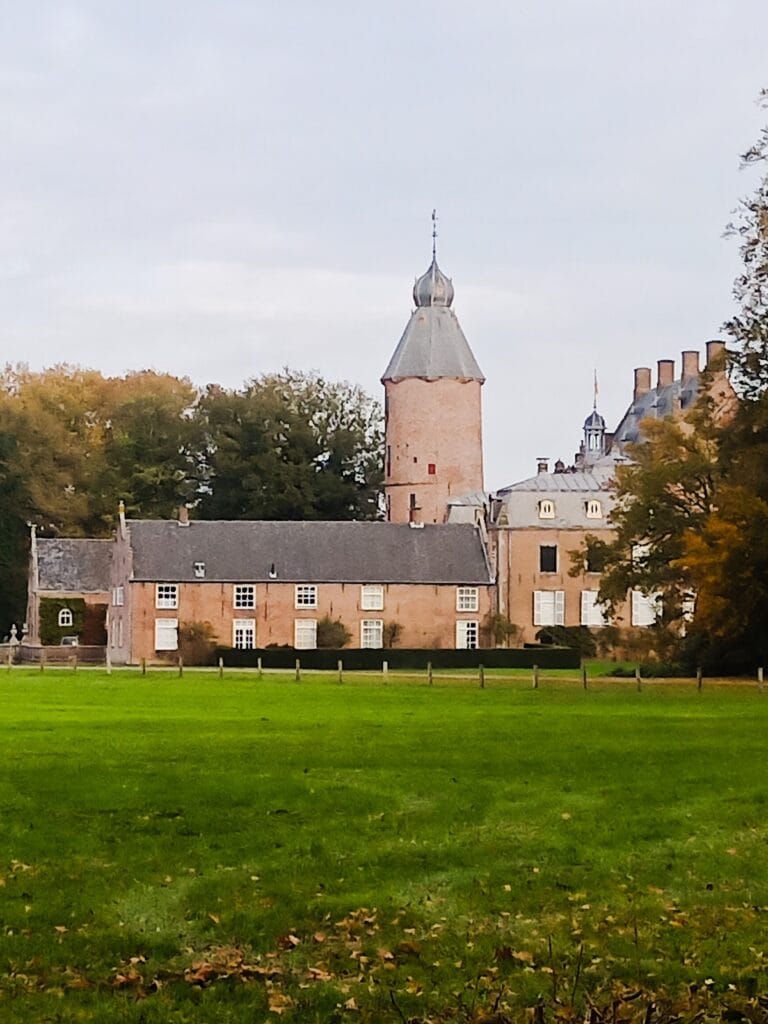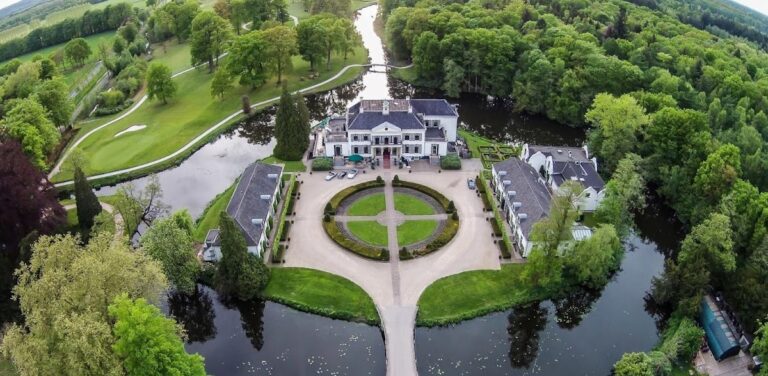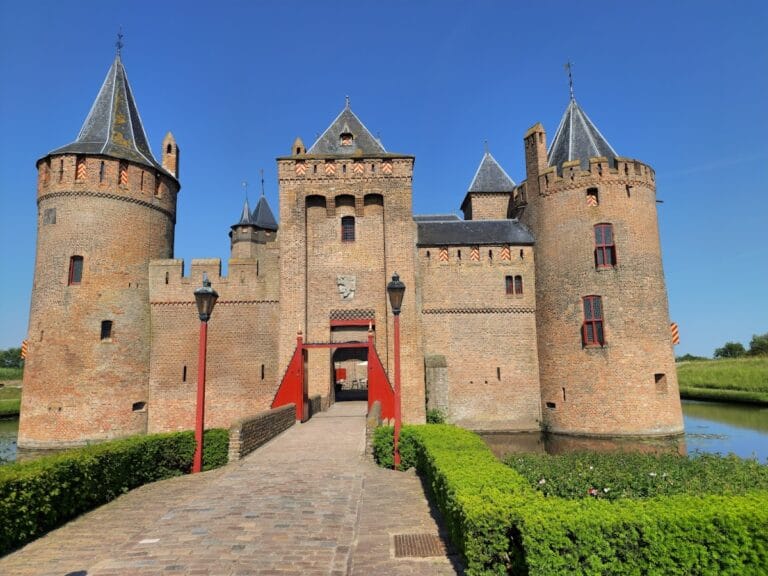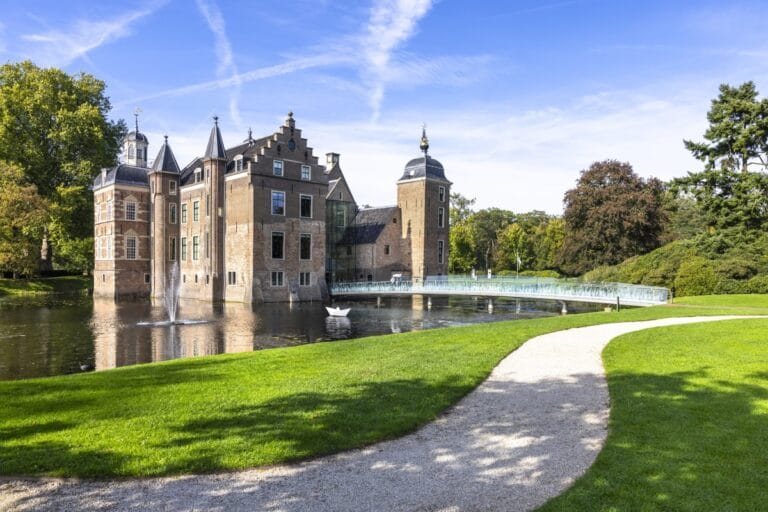Ruïne Toutenburg: A Medieval Castle in Vollenhove, Netherlands
Visitor Information
Google Rating: 4.4
Popularity: Low
Google Maps: View on Google Maps
Official Website: www.stadvollenhove.nl
Country: Netherlands
Civilization: Unclassified
Remains: Military
History
Ruïne Toutenburg is situated in the town of Vollenhove, Netherlands. This medieval castle was constructed around the year 1500 by the inhabitants of the region, reflecting the architectural and social developments of that era.
The castle was originally built for Georg Schenck van Toutenburg, a nobleman originating from Tautenburg in the German region of Thuringia. Georg Schenck served as the schout, or bailiff, of Vollenhove, an administrative role that combined judicial and law enforcement duties. Through his first marriage to Anna de Vos van Steenwijck, who died in 1526, he gained ownership of the site where Toutenburg was established. Later, from his second marriage to Joanna van Egmond, a son named Carel was born around 1527 within the castle walls.
Following Georg Schenck’s death in 1540, the estate passed to his son Carel. Upon Carel’s death in 1571, the ownership changed hands again, transferring to Georg’s elder brother, Frederik. After Frederik passed away in 1580, the castle’s possession passed into the families of Van Haersolte and Van Boetselaer, who held the estate thereafter. Over the centuries, the castle’s importance declined, and by the 18th century Toutenburg had fallen into a state of disrepair, eventually becoming a ruin.
Today, the castle’s legacy endures through archaeological efforts and historical preservation. A scale model of the original Toutenburg and various excavated artifacts are maintained at Vollenhove’s Cultural Historical Center, ensuring that the history of this medieval site remains accessible.
Remains
The remnants of Ruïne Toutenburg reveal a structure that once featured a fortified character, as indicated by the presence of a tower topped with a weather vane. This element suggests the castle served not only as a residence but also held a prominent or defensive position within the town. Though the castle now exists only as ruins, these remains provide a tangible link to its medieval origins.
Archaeological finds from the site, preserved and displayed at Vollenhove’s Cultural Historical Center, include structural fragments and various pottery shards dating to the castle’s period of occupation. Among these is the weather vane from the castle’s tower, a distinctive feature once serving both a functional purpose to indicate wind direction and as an architectural ornament. These elements, recovered through careful excavation, shed light on the materials and construction methods used during the castle’s prime.
Visual records also contribute to understanding Toutenburg’s original appearance. A drawing from around 1760 and a print created in 1617 by Claes Jansz. Visscher offer historical depictions of the castle, capturing its stature within the town’s landscape. Although these images do not provide detailed measurements, they confirm the castle’s significance in the local setting before its decline.
Currently, the ruins serve as a recognizable open space in Vollenhove. Their condition allows for outdoor use, indicating that while much of the original structure has been lost, the site still marks the location of the medieval castle within the modern townscape. Through ongoing preservation, the surviving archaeological remains continue to connect visitors and scholars to the castle’s past.










